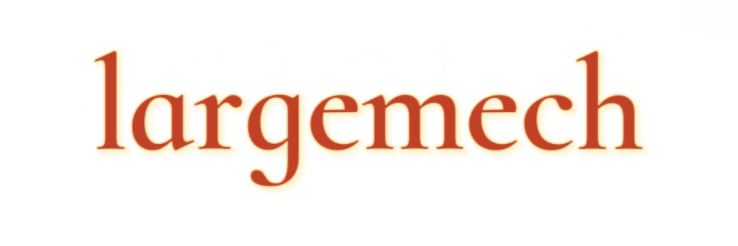How is Plasterboard Manufactured Efficiently?
Understanding Efficient Plasterboard Manufacturing
Plasterboard is manufactured efficiently through a combination of advanced technology and streamlined production processes that minimize waste and reduce energy consumption. This manufacturing process involves several key steps, including raw material preparation, board forming, drying, and finishing, all of which are optimized for efficiency.
Raw Material Preparation
The primary raw materials for plasterboard are gypsum, paper, and additives. Gypsum is mined and then crushed into a fine powder. This stage is crucial because the quality of the gypsum directly affects the final product's properties. By using advanced crushing and milling techniques, manufacturers can ensure a uniform particle size, which is essential for consistent board quality. Moreover, utilizing recycled materials and by-products from other industries helps minimize the environmental impact, contributing to a more sustainable manufacturing practice.
Board Forming and Drying
Once the raw materials are prepared, they are combined and formed into sheets. Automated machines ensure that the mixing and forming processes are quick and precise. The mixture is placed between two sheets of paper and pressed into a continuous board. Following this, the boards undergo a drying process, where moisture is removed by passing through highly efficient drying units. The integration of heat recovery systems in dryers recycles energy, thereby lowering operational costs and enhancing overall efficiency.
Finishing and Quality Control
After drying, the boards are cut to size and undergo a thorough quality control process. Automation plays a significant role in this stage, with machines conducting inspections to ensure that each board meets industry standards. By using intelligent quality control systems, manufacturers can quickly identify defects and make adjustments as necessary, thereby reducing waste and ensuring high-quality output.
Significance and Impact of Efficient Manufacturing
The efficient manufacturing of plasterboard has significant implications both economically and environmentally. By optimizing production processes, manufacturers can lower costs, which benefits consumers and enhances market competitiveness. Furthermore, the reduction of waste and energy consumption translates to a smaller carbon footprint, contributing to more sustainable building practices.
In conclusion, the efficient manufacturing of plasterboard involves advanced raw material preparation, automated board forming, and precise quality control processes. As the construction industry continues to focus on sustainability, these manufacturing practices not only support economic viability but also meet the growing demand for environmentally friendly building materials. This influence on the industry showcases the importance of innovation and efficiency in reducing environmental impacts while sustaining market growth.
Want more information on Plasterboard manufacturing, gypsum board manufacturing plant, XPS foam line production? Feel free to contact us.


